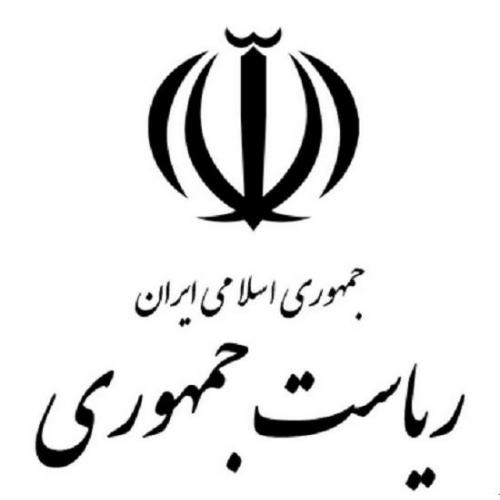
-
بررسی آییننامهها و دستورالعملهای برنامه هفتم پیشرفت
-
بررسی عوامل موثر بر افزایش تصادفات و تلفات جادهای و سوانح رانندگی و دادهکاوی تلفات انسانی
-
سازماندهی و بازآرایی فضایی آموزش عالی کشور
-
به روز رسانی سند ملی آمایش سرزمین
-
انجام مطالعات مناطق آزاد به عنوان نواحی پیشران اقتصادی کشور
-
اصلاح ساختار بودجه و پیاده سازی نظام یکپارچه مدیریت اطلاعات مالی دولت (IFMIS)

Exchange rates, as critical macroeconomic indicators, play a pivotal role in assessing a nation's economic resilience in the face of diverse shocks and uncertainties. Guided by their unique economic and political landscapes, as well as their status as oil exporters or importers, countries adopt specific currency regimes, each with its distinct set of requirements and constraints. An oil-exporting nation's economic priorities and strategies may diverge significantly from those of an oil-importing nation.
To minimize economic vulnerability to currency fluctuations, nations must carefully consider their domestic and international circumstances, as well as their foreign exchange market capabilities, and implement a series of decisions aimed at managing, responding to, and ensuring transparency in foreign exchange market pricing. Establishing a transparent and comprehensive domestic foreign exchange market is essential to uncover genuine rates beyond transient market volatilities. Additionally, employing appropriate financial instruments can enhance exchange rate predictability.
The current environment, characterized by sanctions, international pressures, declining foreign exchange earnings, and restricted access to existing foreign exchange revenues, underscores the heightened necessity to comprehend the current state of the foreign exchange market. Following a thorough understanding of the prevailing situation, the next step involves devising and implementing an appropriate and efficient mechanism to shield the foreign exchange market from fluctuations, maintain control, and, consequently, stabilize the market for essential goods and imports with a high degree of currency dependence.
To enhance the nation's foreign exchange system, the following recommendations, drawn from the insights of the scientific director and speakers at the scientific conference of the Center for Development Research and Foresight, are deemed essential:
- Stabilize Oil Revenue Inflows: By stabilizing oil revenue inflows into the national budget, foreign exchange reserves can be bolstered, providing a buffer against economic shocks.
- Transition to an Exchange Market System: Revamp the foreign exchange structure by shifting from an over-the-counter (OTC) system to a formal Exchange Market. Introduce financial instruments and derivatives to effectively manage the exchange rate.
- Revamp the Foreign Exchange Market: Redesign the foreign exchange market to facilitate decentralization from trust-based mechanisms while preventing excessive fragmentation.
- Minimize Currency Fluctuations: Implement stabilizing policies to minimize currency fluctuations. Proactively identify and address key seasonal calendar events and dates that could impact currency stability.
- Eliminate Trust-Based Currency Provisions: Transition away from trust-based methods of currency provision. Establish a transparent and efficient foreign exchange payment system.
- Formulate a Vertical Development Plan: Develop a comprehensive vertical development plan that explicitly outlines and prioritizes critical economic sectors and projects. Avoid overly generalized plans.
- Maximize Negotiation Benefits: In international negotiations and agreements, clearly define a tag (appendix) to secure maximum benefits. Establish a documented and predetermined plan for immediate implementation upon the conclusion of agreements.
- Control Balance Sheet Growth: Pursue a policy of controlling balance sheet growth to align liquidity growth with the country's long-term average.
- Strengthen Debt Securities Market: Strengthen and deepen the debt securities and instruments market. Encourage private companies to offer shares on the stock exchange to diversify financing sources.
- Manage Liquidity Flows: Implement measures to prevent liquidity movements from being solely driven by exchange rate fluctuations. In the event of an unexpected surge in liquidity demand, restrict financing to specific predetermined sectors.



